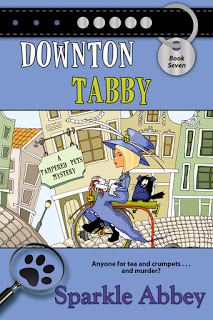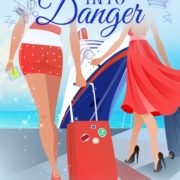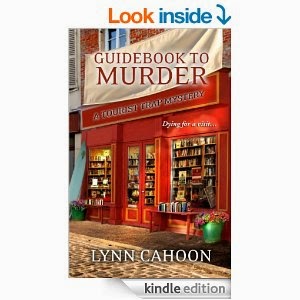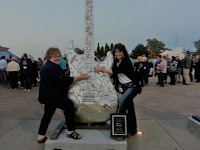Pacing A Page Turner
Over the years, one of the questions we get asked frequently is how to do we keep our pacing so tight? We jokingly like to reply, “We leave out the boring stuff.”
Some people think pace just happens organically. Honestly, we work pretty darn hard on
pacing. For us, pacing is a combination of structure, word choice, tension, action and reaction, cliffhangers, and knowing when to “show” versus “tell.” We work on pace at the very beginning. Although at times, to find the right pace for a scene or chapter, it takes rewriting many times to get it right. We thought we’d share a few techniques we use to control pacing.
STRUCTURE
When we refer to structure, we’re talking about chapters, scenes and sentence length.
Shorter chapters and scenes are quickly read and make the reader feel that the story is moving along quickly. Fragmented sentences, punchy verbs, and snappy dialogue also speed up the pace. But if you have a story of only 800-word scenes, it’s not going to have the urgency you’ve intended, just a story with short chapters. Knowing when to move between longer scenes, where the story builds with important details and descriptions creating the anticipation of what’s going to happen next, allows for the shorter scenes to stand out and move the story along.
WORD CHOICE
Active verbs create action and suspense while painting a clearer picture in the reader’s mind. Harsh consonant sounds such as “crash” or “kill” create more urgency than “bump” or “murder.” By selecting the right words not only will the pace change, but it’s a subtle way for mystery writers misdirect the reader by planting clues toward a suspect.
CLIFFHANGERS
We love cliffhangers! When the end of a scene or chapter is left unresolved or with a greater
disaster than when the scene began, the pace automatically picks up, and the reader has to turn the page to find out what happens next. Just remember, don’t leave your reader hanging for too long!
SHOWING VS. TELLING
Writers hear it all the time, “show don’t tell.” Most of the time it’s true, but there are times when it’s better to tell than to show. “Showing” is a play-by-play, making your readers connect with characters and to become invested in their story. There are some instances where it’s better to condense the details to move the story along.
Each scene requires a different pace. Some need to be quick and urgent while others need to slowly build and give readers a chance to catch their breath. As writers, we strive to write a story with those types of peaks and valleys, and when we do that our readers tell us the book was a page-turner.











I always enjoy reading your posts. Thank you. I learn from all of the Stiletto Gang how to become a better writer.